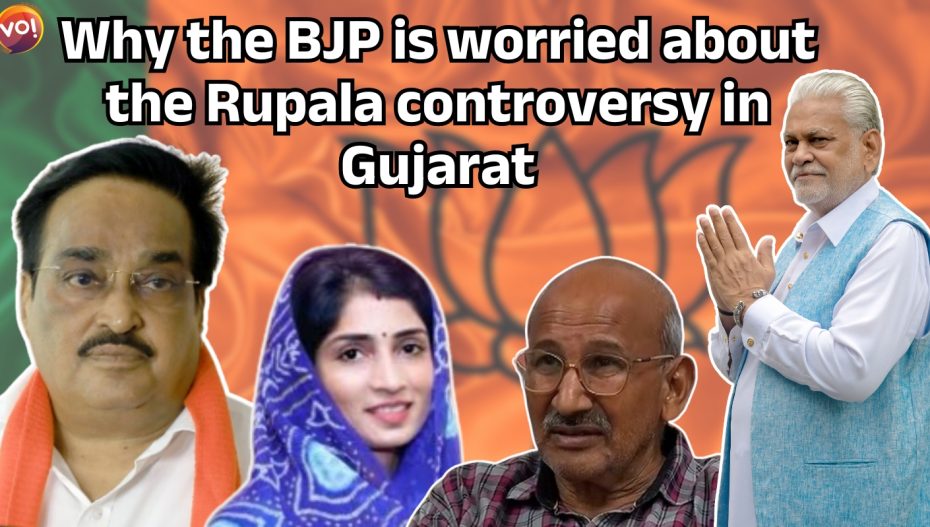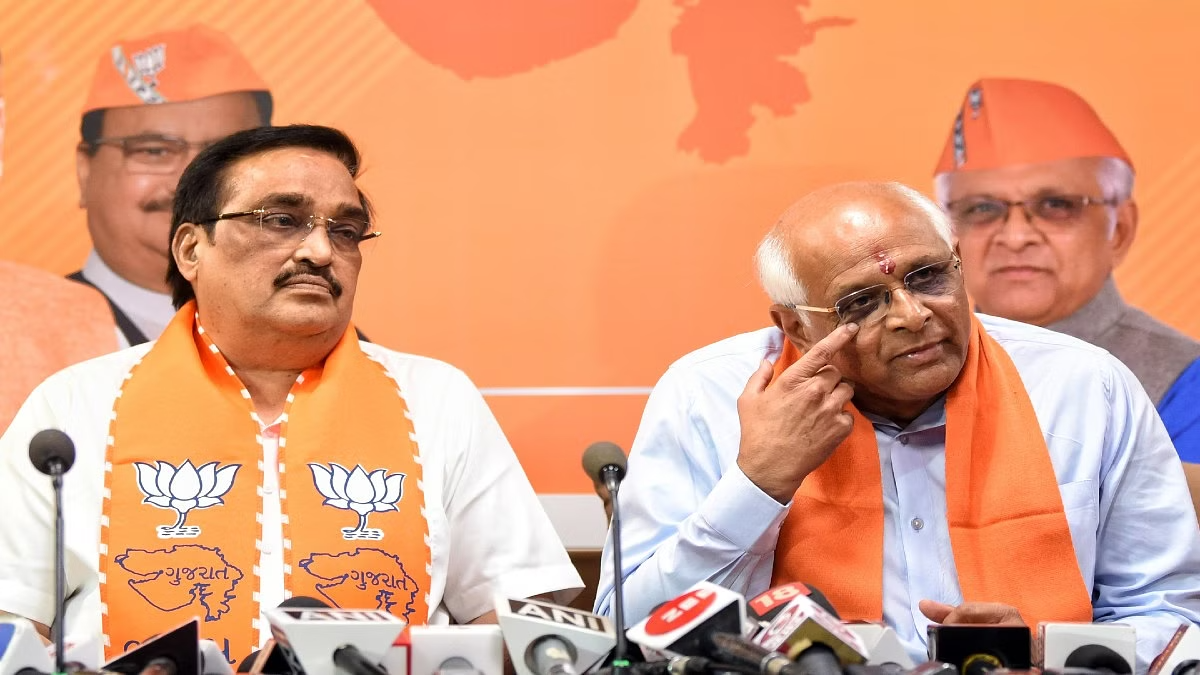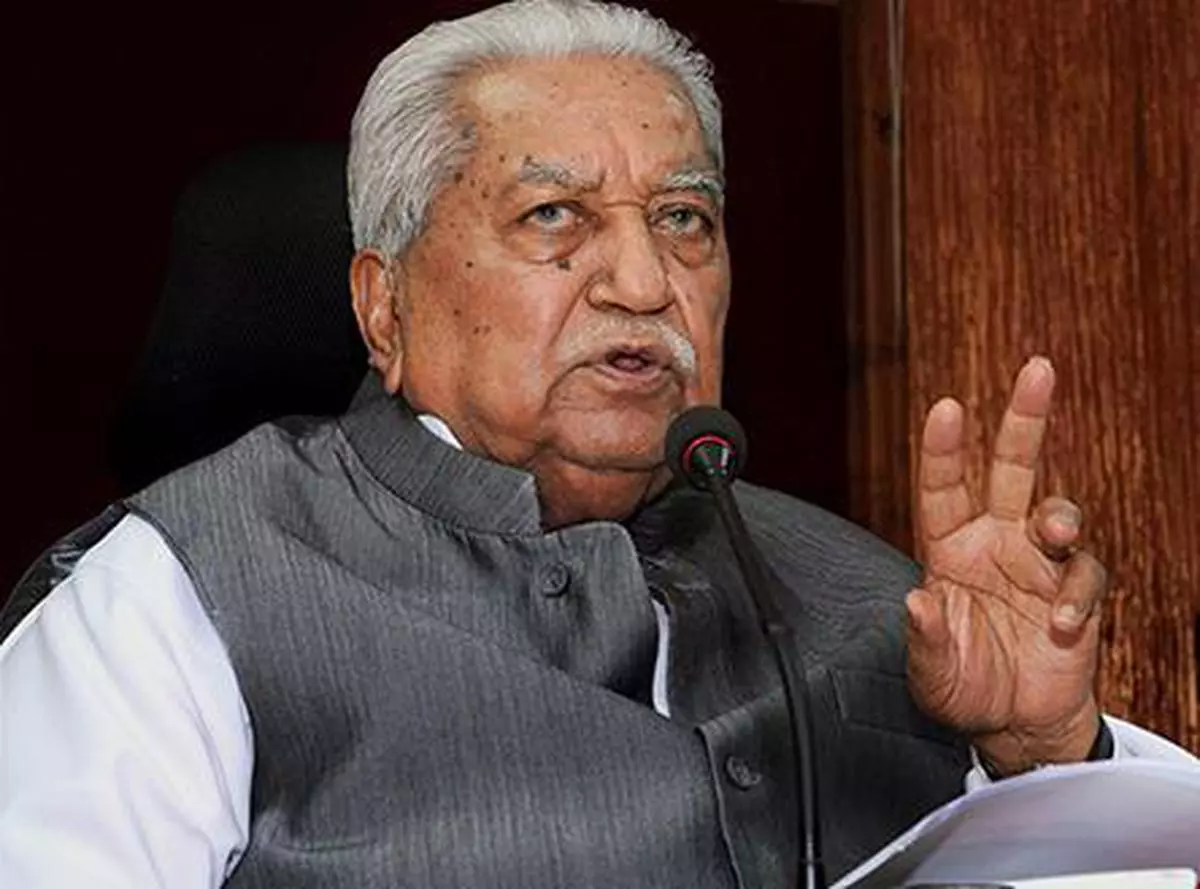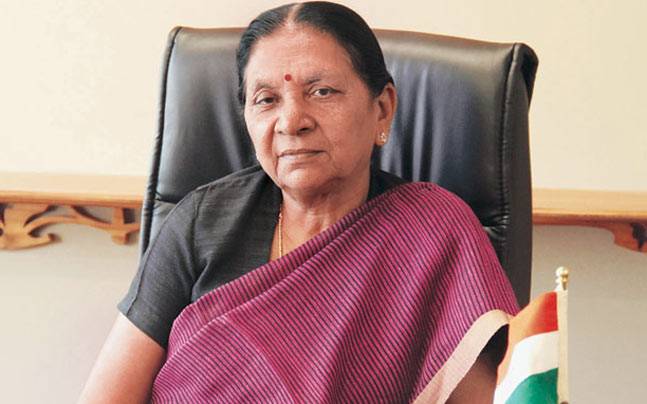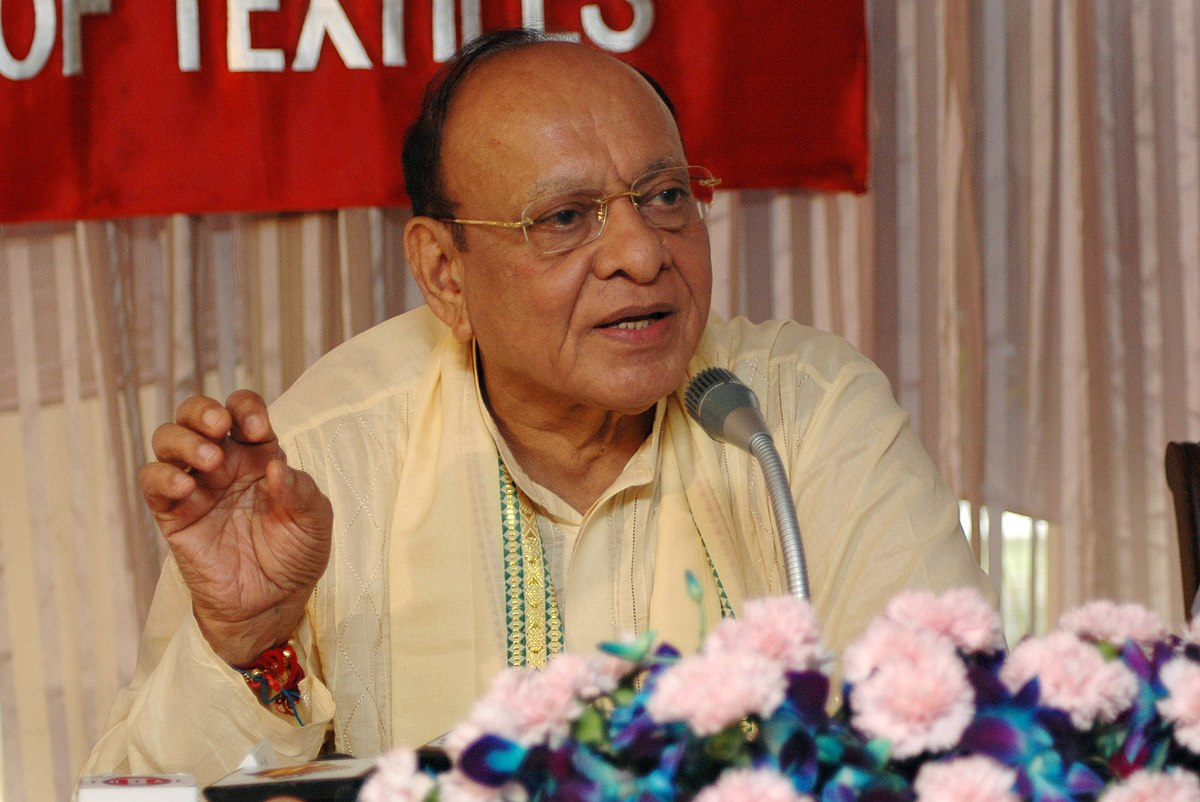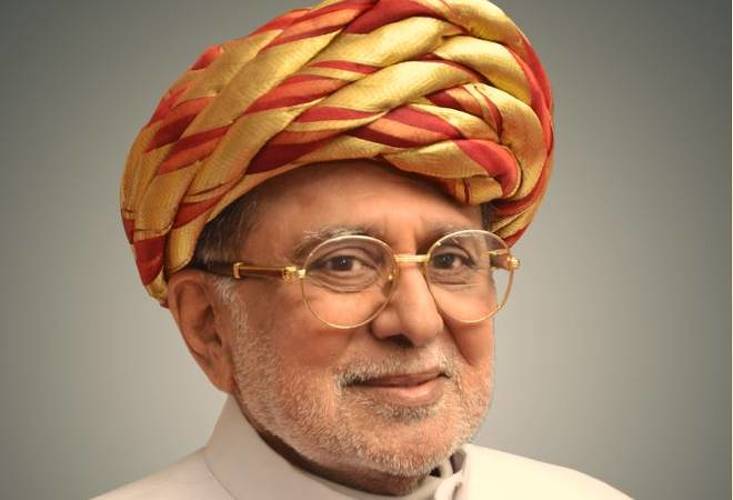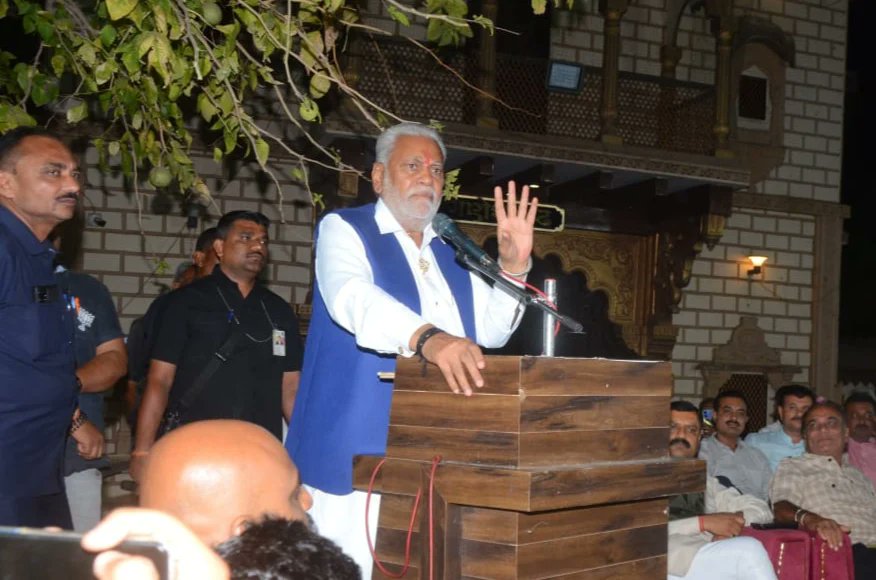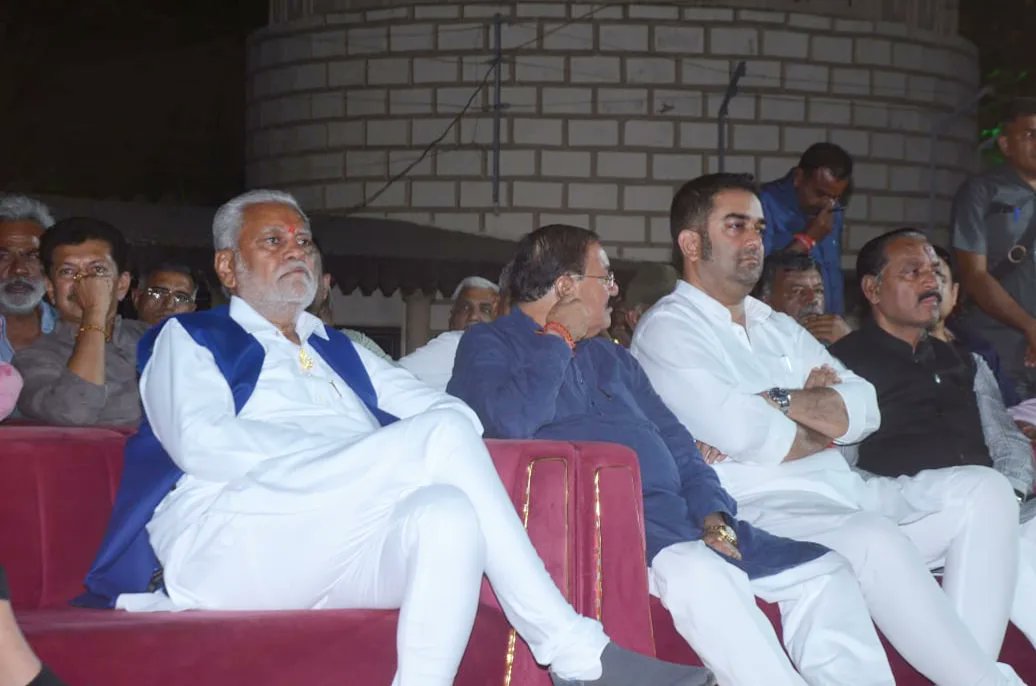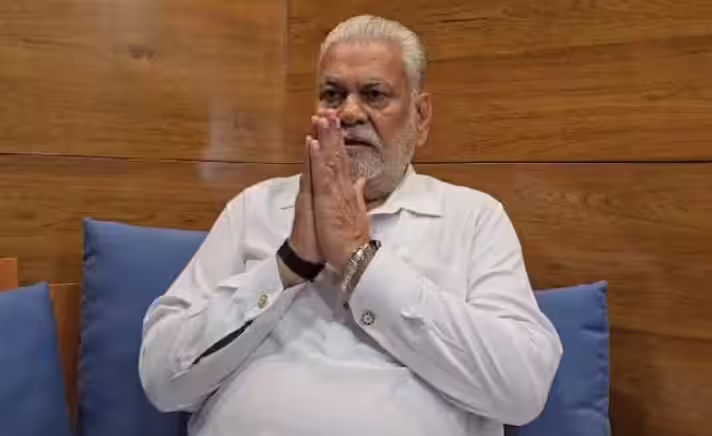The Gujarat BJP has never had it this complicated. The Party is now seriously ruminating to replace Rajkot Loksabha candidate amidst fear of losing vital Kshatriya votes in Gujarat. The BJP won all 26 Loksabha seats in Gujarat in 2019 and wants to repeat the feat. But Kshatriyas in Gujarat are up in arms against BJP demanding that they would not vote for the saffron party if Rupala is not withdrawn as a candidate. Considering the seriousness of the situation and as a damage control exercise, the BJP has also begun an onground exercise to assess if they can further please the Rajputs by replacing some candidate and offering that seat to a Kshatriya in Gujarat as a token to placate them. To simplify, in next three days, the BJP will take a final call on whether to replace Parshottam Rupala from Rajkot or not and whether replacing a candidate with a Kshatriya candidate, probably in Sabarkantha can help them placate the situation. Rupala has been accused of caste division to garner votes.
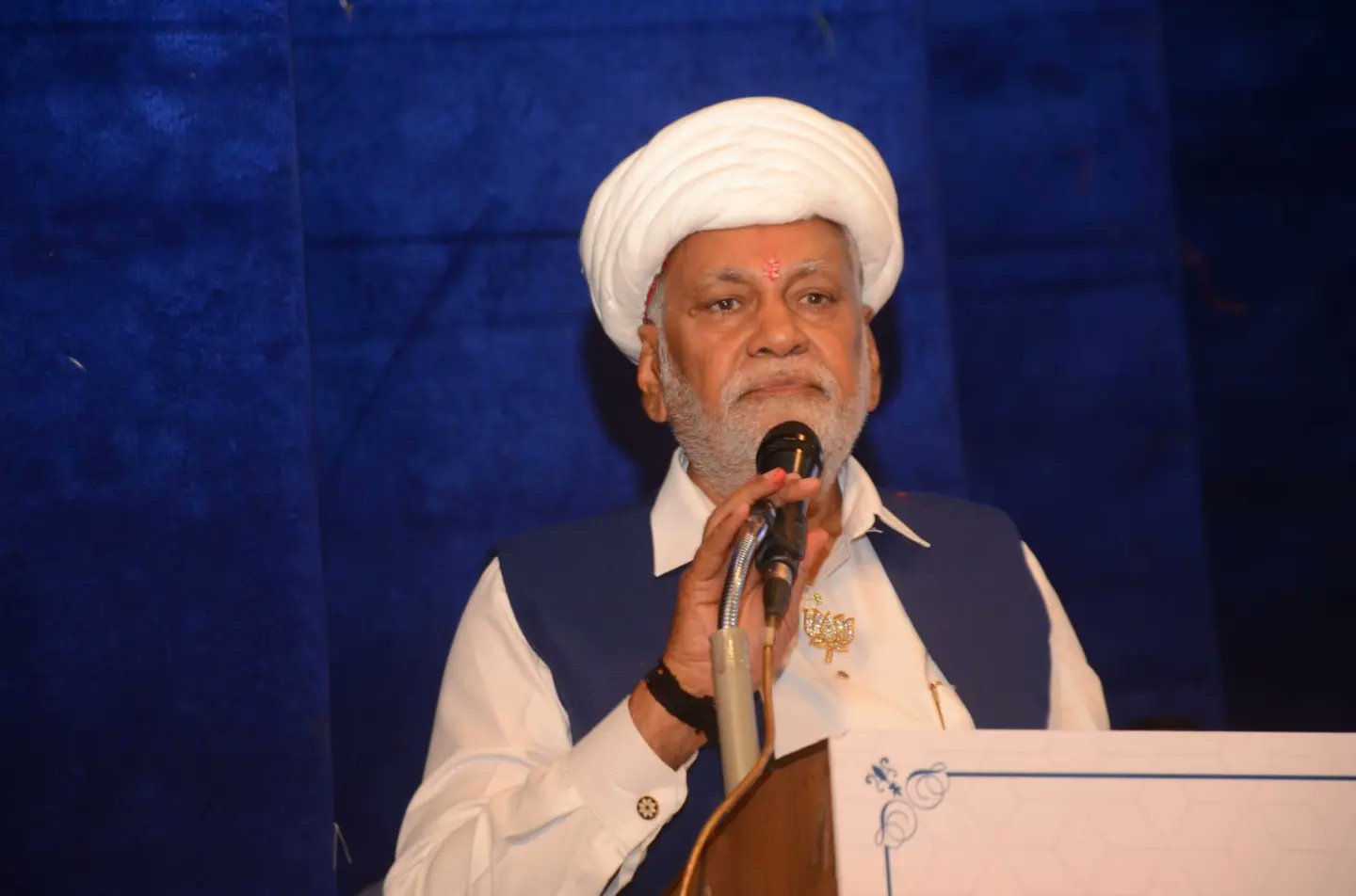
The Patel-Kshatriya rivalry in Gujarat is a socio-cultural phenomenon that encapsulates the caste dynamics, power structure and economics. Economics is a major aspect of the traditional Patel-Kshatriya feud. A senior Union Minister and BJP leader Parshottam Rupala’s anti-Kshatriya remark has re-ignited the caste fault lines that the BJP had successfully placed under the mat for nearly three decades. In fact, the BJP’s rise to power draws points to a beautifully syncretic Patel-Kshatriya stitch. The Keshubhai-Shankersinh Combo was a Patel-Kshatriya team that scripted BJP’s first victory in Gujarat in 1995. Of course, it was the 18% plus Patel voter base that played a vital role. Rupala is a Kadva Patel from Saurashtra and he is the BJP’s Loksabha candidate from Rajkot. He was nominated in place of sitting MP Mohan Kundaria, also a Kadva Patel. Rupala’s remark on Kshatriya behaviour has festered fresh wounds in the already highly polarised Gujarat. But to the benefit of the BJP, since both the parties involved are Hindus, an amicable temporary solution can be expected.
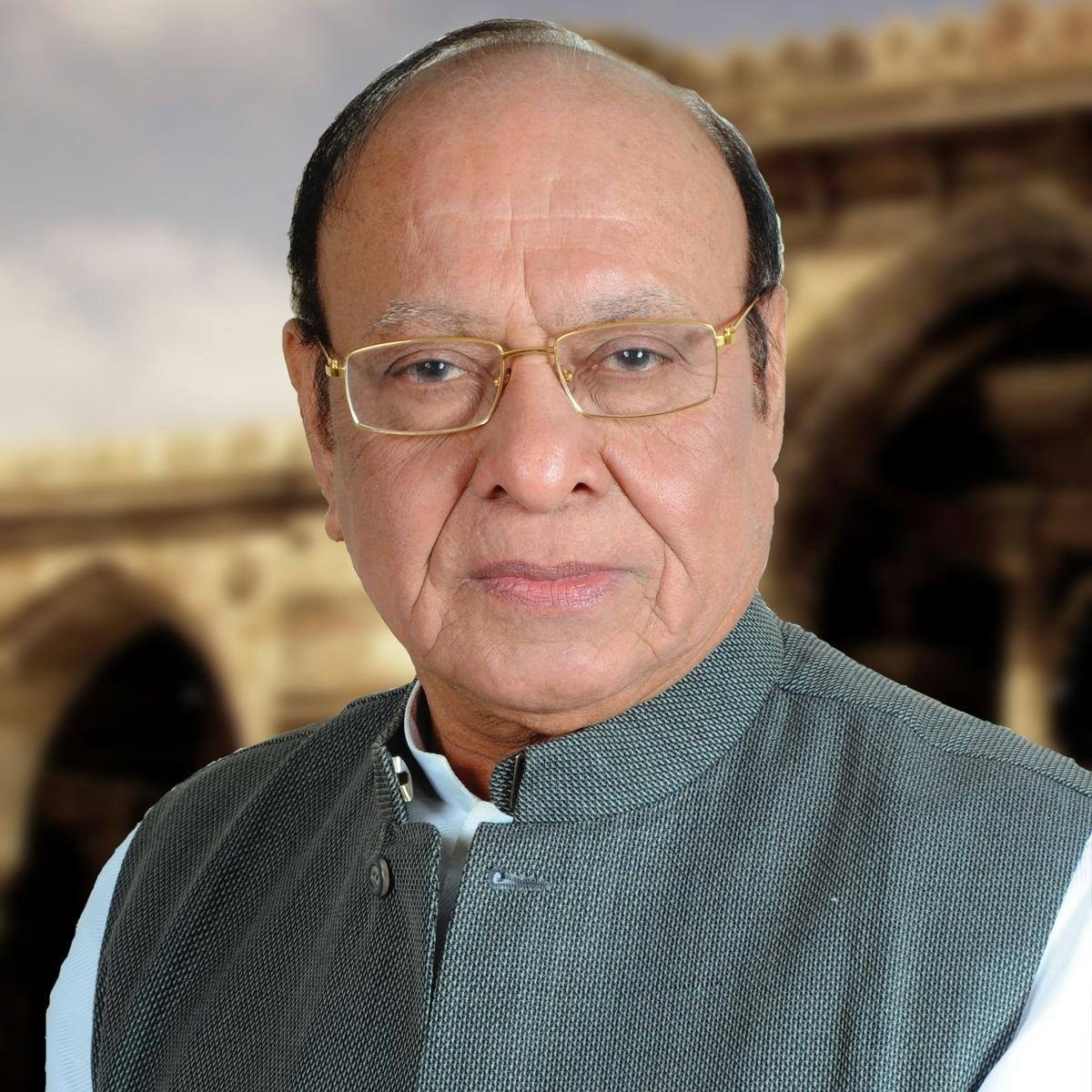
Unlike most BJP Union Ministers, Parshottam Rupala is an easily accessible, friendly person. A school principal turned politician, the 70-year-old Rupala was one of the first few entrants to the BJP in Gujarat in the eighties. A Union minister in the Modi government handling fisheries, animal husbandry and Dairying, Rupala has unwittingly reignited a traditional caste fault line in Gujarat with his unsavoury statements on Kshatriyas. On March 2, Rupala, while attending a Dalit bhajan function in Rajkot, remarked that while Dalits remained steadfast and committed the Rajputs/Kshatriyas entered into what he called roti-beti vyavhar with the Muslims, the vidharmis. He spoke for a few minutes on how Kshatriyas for their own motives broke bread with the Muslims and gave away their daughters in marriage too to these schismatics, vidharmis.
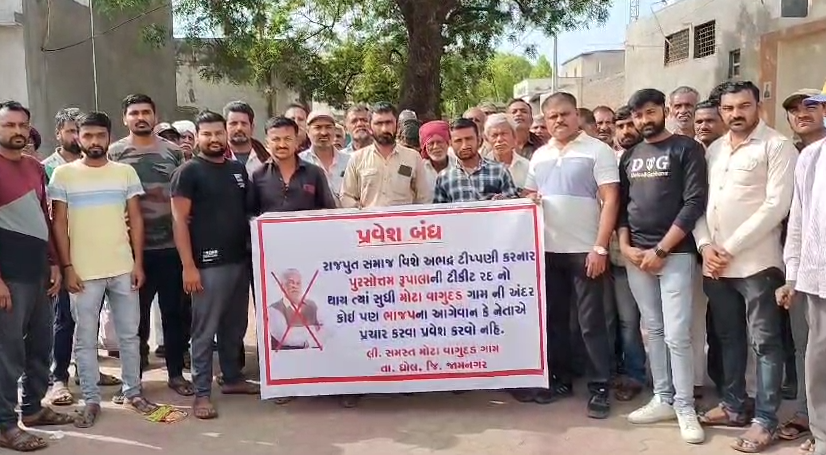
In Gujarat politics, it is remarked that Paksha, that is a political party cannot accord equal importance to Patels and Kshatriyas both at the same time. This PaKsha acronym is important in decoding Gujarat politics.When OBC leader Madhavsinh Solanki was the Chief Minister of Gujarat, he and his party leaders notably among them Jhinabhai Darji conceived the KHAM theory which saw Kshatriyas, Harijans, Adivasis and Muslims swarm into the Congress fold. Patels, according to late Gujarat political analyst Nagindas Sanghvi felt humiliated especially when Solanki reportedly made a disparaging comment about how “their” government would reduce Patels to a lower economic strata. (aa tel na dabba leva walane, shishi ma tel leva jaavu padshe) meaning these people who buy oil tins will be reduced to going and buying oil in small glass medicine bottles). Gujarat had maximum princely kingdoms in pre-Independence India. Out of the 548 odd “Big States”, at least 128 were in Gujarat not counting the numerous small princely States with lesser gun salutes. Bhavnagar State in Kathiawar was the first State to agree to Sardar Vallabhbhai Patel’s scheme of integration of princely states to the Indian Union. Thus that was a period when Kshatriyas and Patels (led by Sardar Patel) shared a relationship of absolute trust. Several “Maharajahs” and their family members even contested the first election of Independent India on Congress tickets and won handsomely.

However, the birth of the Swatantra Party in 1959 gradually saw the rich land lords and Kshatriyas in Gujarat gravitating to the Swatantra Party. Capitalism, free markets and the idea of abolition of License Raj struck a chord with all the big and small 250-plus States and jaagirs in Gujarat. In fact, in Jawaharlal Nehru’s words, Swatantra Party was made up of “the middle ages of lords, castles and zamindars“. Indira Gandhi’s decision of abolition of privy purses in 1971 gave a further temporary impetus to the Swatantra Party in Gujarat with most Kshatriyas and their “States” supporting it. The Patels or Paatidars then who became Congress supporters were mostly uneducated, tillers and farm labourers.
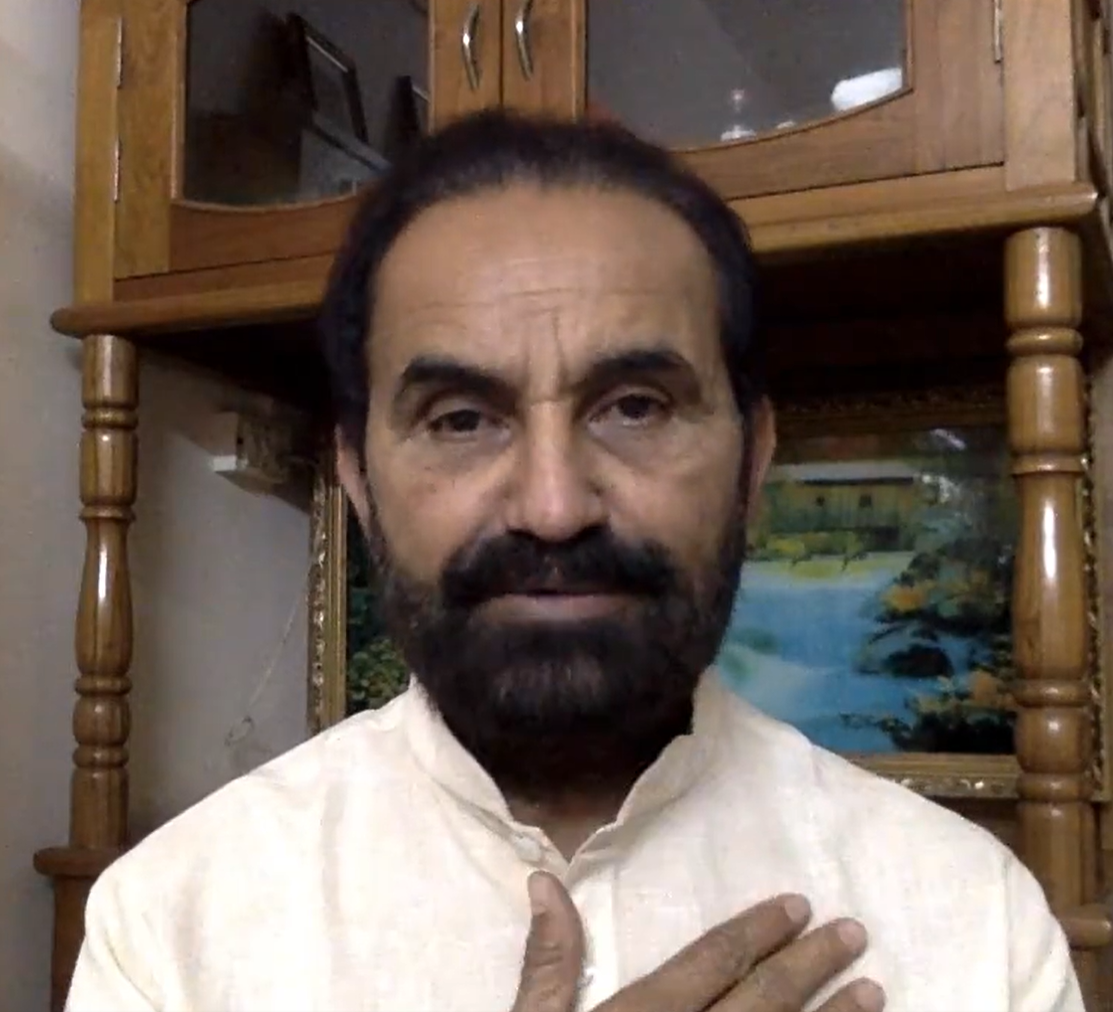
Interestingly, after the Emergency, Indira Gandhi’s final phase of the Urban Land Ceiling and Regulation Act that came into existence during the Emergency as part of the 20 point economic programme) saw most Patels in Gujarat joining the Congress. Their other option was the Janasangh, backed by Hindu Nationalists whose present version is the Bharatiya Janata Party(BJP). Indira Gandhi’s decision of converting land tillers into land owners benefited the Patels in large numbers and they started idolising the Congress. This phase that began in early seventies concluded after a decade and half following the phenomenal rise of Other Backward Class in Gujarat politics. Madhavsinh Solanki was an OBC Kshatriya. As narrated earlier, it was in the mid eighties that Patels aka Paatidars started getting disillusioned with the Congress. The Patels of Gujarat did not enjoy any government job reservation, had started making extraordinary economic progress because of sky rocketing land prices and had become an increasingly united community. With 18% of them as Gujarat population, that is more than the Kshatriyas, they were also aiming for political power. “We had money, numbers, unity but no power. This was possible only through politics”, a senior BJP leader and minister in Gujarat explained to Vibes of India.
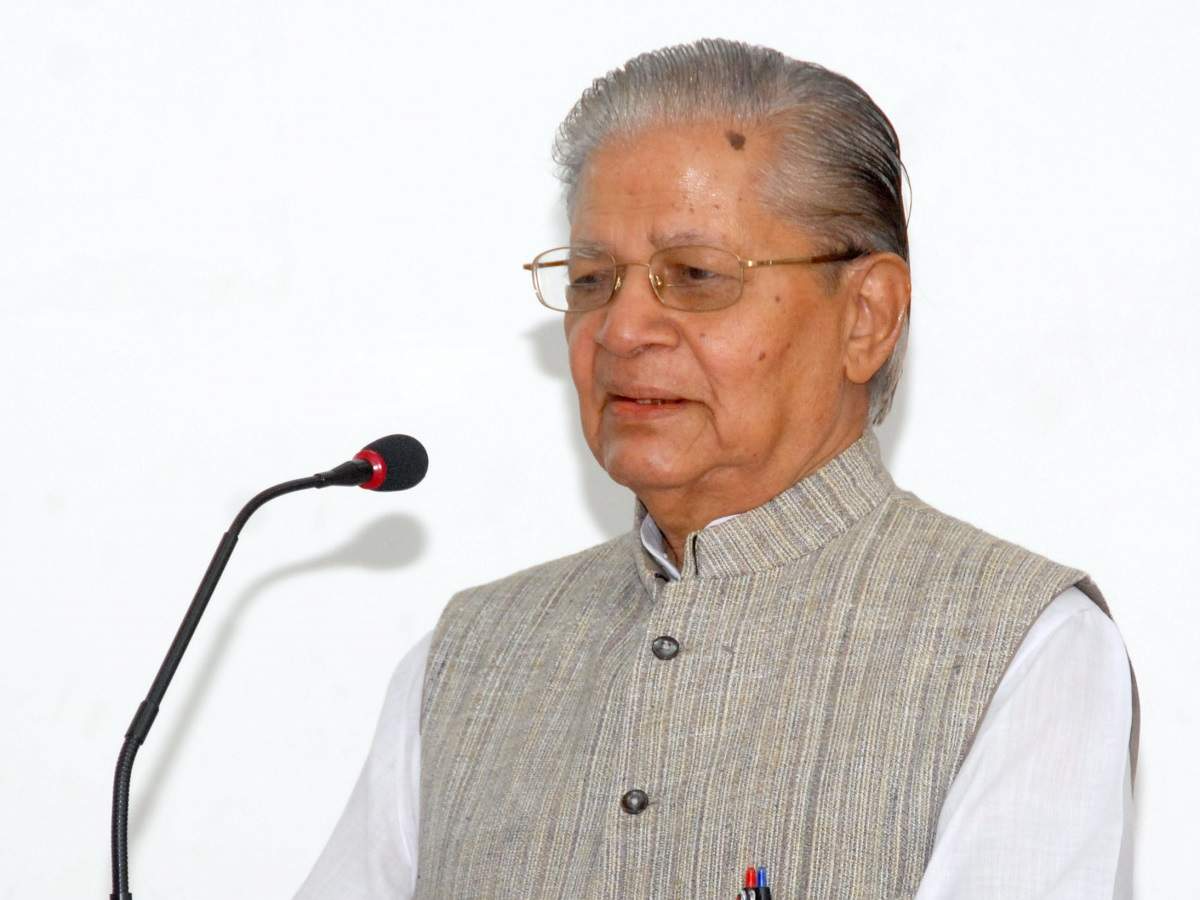
With KHAM theory of Congress excluding them openly, their only option was the newly formed Bharatiya Janata Party(BJP). If we take a cursory glance at the list of the first BJP MPs and MLAs from Gujarat, they are mostly Patels. Infact, Dr A K Patel who won the first BJP Loksabha election in 1984 (there were only two BJP MPs elected in India then. Dr Patel from Mahesana in Gujarat and Chandupatla Janga Reddy from Hanamkonda now in Telangana then in Andhra Pradesh.
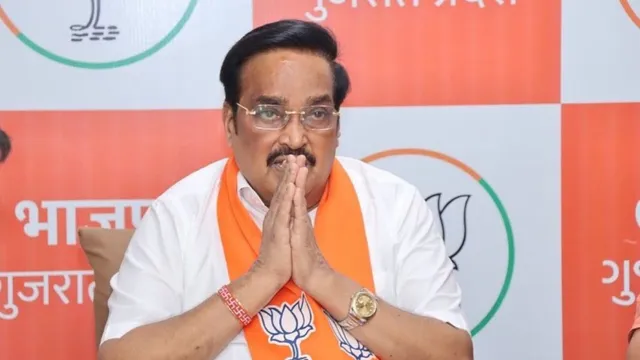
The BJP was smart enough then. They did not want to let go of the Kshatriyas completely so they had Keshubhai Patel, their electoral face and Shankersinh Vaghela, their organisational face. Both of them with Vaghela as the Gujarat BJP president toiled for decades to bring the BJP into limelight. In its first Assembly election in 1980 in Gujarat, BJP won nine seats. Out of these five were Patels. These included Amritlal Patel, Gangaram Patel, Keshubhai Patel, Nathbhai Patel and Arvindbhai Patel. There was not a single Kshatriya leader elected from the BJP. The BJP was known as the Bharatiya Patel Party.

The KHAM theory undoubtedly brought rich dividends to Congress and the Party won 149 Assembly seats in 1985, their highest tally ever. But it also witnessed the Patel exodus to the BJP.
However, Kshatriyas and Patels in general too started despising each other in Gujarat. The Kshatriya-Patel feud reached such alarming proportion that in the eighties, a sitting Congress Patel MLA Popatlal Sorathiya was shot dead by a Kshatriya, Anirudhsinh Jadeja. Later, Rajputs allegedly took revenge by killing nine Patidars of Mangadh in Bhavnagar district.
In the late 80’s in Gujarat, Keshubhai Patel, Dr Pravin Togadiya and Dr A K Patel were big names who attracted Patels in big numbers to the newly formed BJP. The Patel allure for the BJP continued till mid 2016 till young Patels began a stir demanding job reservation for Patels aka Patidars. Helmed by Hardik Patel, this resulted in the best electoral victory for the Congress in 2017 in 27 years. It got 77 of the 182 Assembly seats in Gujarat. However, the BJP was smart and most Paatidar leaders including chieftain Hardik Patel were absorbed by the BJP. This contributed to BJP winning 156 Assembly seats in 2022. The Congress tally from 77 in 2017 dropped to 17 in 2022. By 2024, it has further dropped to 13 with an exodus to the BJP. One of these three MLAs happen to be C J Chavda, a known real estate businessman and a Kshatriya.
But all the while, majority Kshatriyas nursed the feeling of being neglected by the BJP. Though the BJP did accommodate Kshatriya leaders from across the State, they felt that they were not given adequate importance in the Gujarat ministry. “We only got portfolios like education, and health. The BJP has never trusted us with portfolios like finance or home”, says a senior Kshatriya leader associated with the BJP. According to him, the BJP has had five chief ministers ever since they got a majority in 1995. Three of these have been Patels including Keshubhai Patel, Anandiben Patel and Bhupendra Patel. They have never had a Kshatriya Chief Minister. When questioned as to how the Congress too never had one, the BJP leader said though Madhavsinh was an OBC, he was a Kshatriya and that the Congress supported the Shankarsinh Vaghela government when he was the Chief Minister. The Congress also made him a Union Minister and the State Congress president after he merged his outfit with the Congress. “In case of BJP, we had a five time MP and a State BJP chief Rajendrasinh Rana who has been continuously snubbed and never been made a Union minister. Worse, he was also dropped as a Loksabha candidate”. The only exception of a Kshatriya getting home department in Gujarat was Pradipsinh Jadeja but that too, he was a Minister for State and did not have an independent charge”.
Compare this with the Congress and there are innumerable instances of Kshatriyas getting important positions within the party and the government when they were in power or out of power. Digvijaysinh Jhala of Surendranagar district and Daulatsinh Jadeja became Cabinet ministers during Congress governments. Harisinh Mahida, Amarsinh Vaghela, Shankersinh Vaghela, Manoharsinh Jadeja, Shankersinh Vaghela Kiritsinh Gohil, Bhadrasinh Vaja and several other Kshatriyas got enviable positions within the Congress party governments in Gujarat. To make matters worse for the BJP, the current Gujarat Congress president Shaktisinh Gohil is also a Rajyasabha MP and a Kshatriya from Saurashtra. He is the only Congress MP from Gujarat. In 2019, BJP bagged all 26 seats in the Loksabha elections and it is hoping to repeat this feat.
Rupala’s statement in the heat of Loksabha elections has opened up a pandora’s box. It would be imbecile to dismiss the BJP’s fire fighting skills. PM Modi is extremely sensitive about his home State Gujarat and his lieutenant Home Minister Amit Shah has already got involved in the issue. Yes, it is now beyond the capabilities of Gujarat State BJP unit to douse the anti-Kshatriya sentiment. It must be emphasised that Gujarat Kshatriyas are not at all anti-Modi or Shah and their intervention would definitely earn positive results for the BJP. Rupala’s comments will indisputably spoil the BJP’s lofty ambitions of getting a 5 lac plus victory margin on all Loksabha seats in Gujarat but that it would affect the electoral result stupendously would be exaggeration or to put it crudely, a Congress fantasy. Nevertheless, it must be emphasised that considering the background of the Patel-Kshatriya feud, this widened chasm could be repaired but not restored to its full glory in the near future.
Also Read: Internal Strife Continues to Challenge BJP in Gujarat


